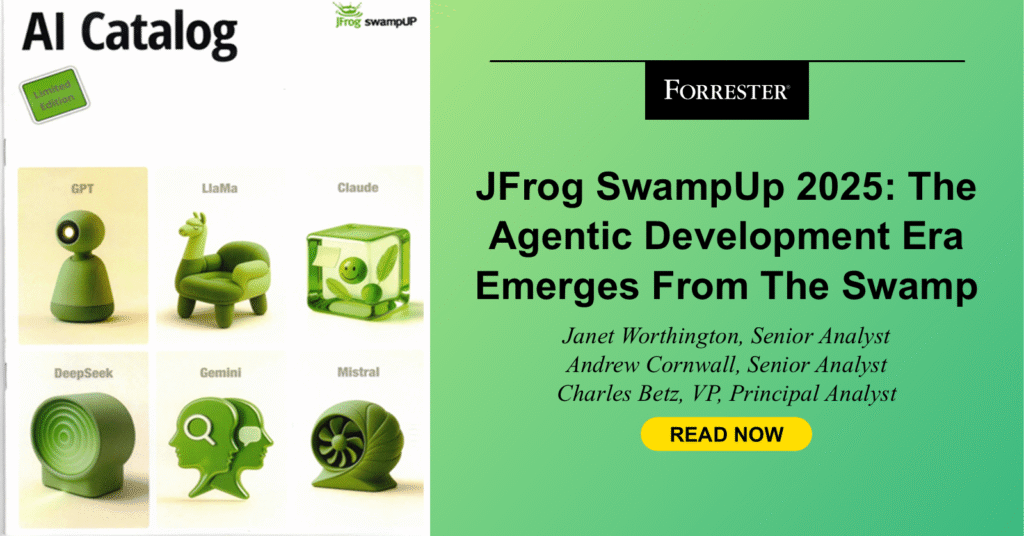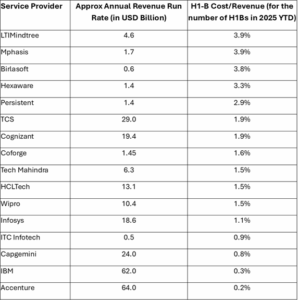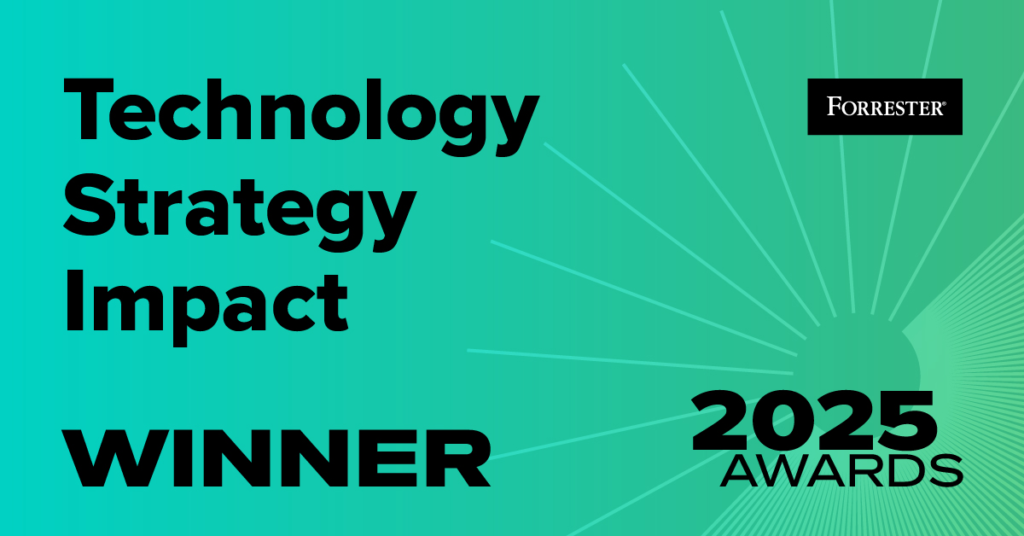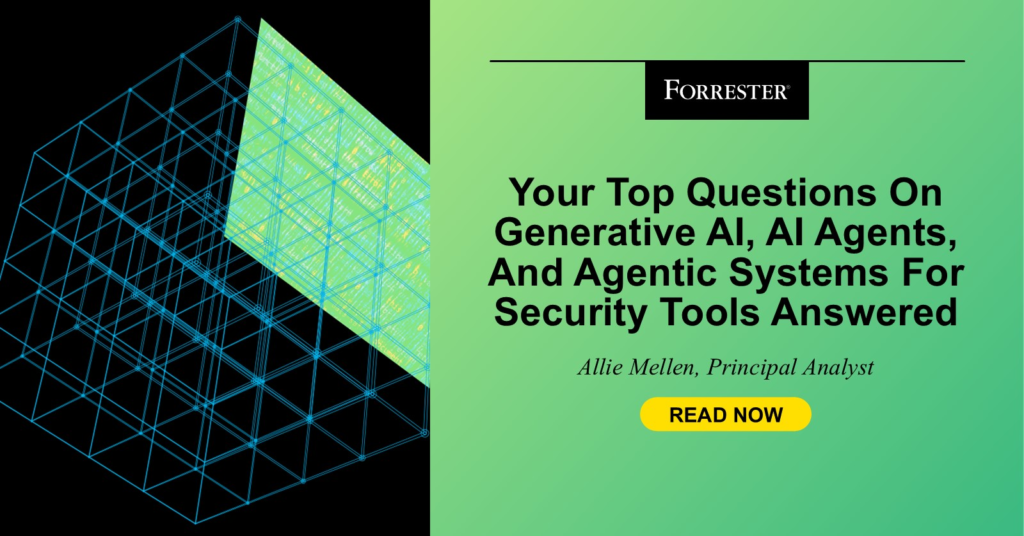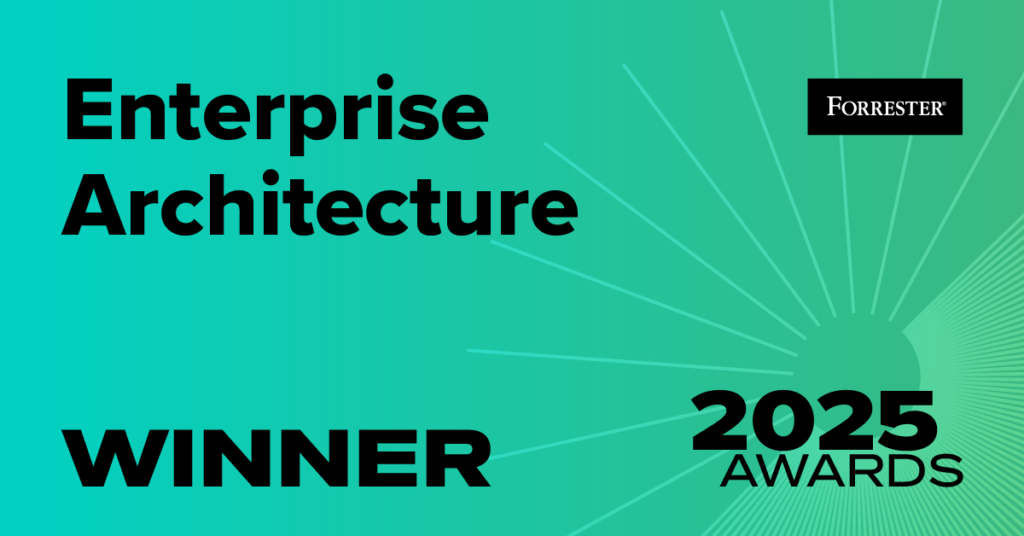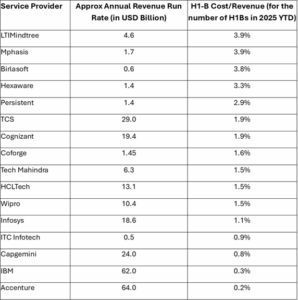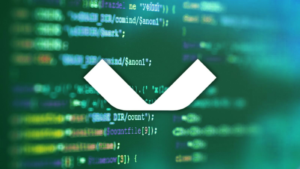JFrog SwampUp 2025: The Agentic Development Era Emerges From The Swamp
The 10th annual JFrog SwampUp user conference was held in the idyllic Napa Valley, far from swamps and mosquitoes but full of “frogs” (what JFrog employees call themselves). The conference is kept small and intimate by design. This gave customers, analysts, press, and investors the ability to interact directly with JFrog management and each other. The theme of the event was that the AI evolution is here, and organizations must adopt or be left behind. This was not news for participants, many of whom were platform or application engineers responsible for the enablement or development of AI/ML applications. But JFrog’s announcements differed from those of its competitors, including an emphasis on application trust, supply chain integrity, and agentic development releases. The JFrog Platform Attempts To Leap Toward The Agentic Era Product announcements demonstrated a cohesive strategy to bring trust to the world of DevOps, DevSecOps, MLOps, and agentic development. JFrog’s feature announcements, ranging from generally available (GA), in beta, and coming soon, were well received by customers eager to explore their potential. JFrog may have challenges, however, in successfully executing across such a broad spectrum of areas. Some of the announcements that might hop JFrog ahead the most are: JFrog AI Catalog is a central hub for open-source, proprietary, and internally developed models that provides visibility into provenance, training datasets, licenses, and vulnerabilities. AI inventory, portfolio management, and discovery are shaping up to be hotly contested areas, with major players such as SAP, Salesforce, and ServiceNow all staking claims as well as security players and specialized startups. JFrog has an advantage in being closer to the ground truth of what is actually being deployed, but to differentiate itself in this market, it will need to bring in even more contextual portfolio information — capabilities, finances, risks, etc. JFrog’s Agentic Software Supply Chain Security applies its advanced security and curation capabilities to agentic development via a JFrog MCP Server and GitHub integrations to shift development teams to a proactive security approach. In addition, the JFrog local SAST MCP allows developers to get feedback on first-party code weaknesses in its integrated developer environment (IDE), and developers can prompt the AI agent (e.g., GitHub Copilot) to generate fix suggestions based on context fed by JFrog. Currently in alpha, the feature mimics those of other SAST vendors rather than leaping forward. JFrog Fly is the company’s agentic developer platform and an MCP server that works with multiple IDEs, including VS Code and Cursor. Integrated with GitHub and observability, Fly provides a chat interface that allows users to query, promote, and roll back existing releases based on specifics of the code (e.g., “Which features were added to this release?” or “Deploy the release that added styling to the user field”). Fly includes an audacious reimagining of the software development process, making versioning automatic and version names obsolete. This makes for a slick demo but may introduce confusion for JFrog clients who don’t want to give up their semantic versions or who need to support back-level software. JFrog introduced three layers to increase AppTrust capabilities in the age of agentic development and increased supply chain attacks. The first layer is “application” as a new object in the platform to track application ownership, compliance, governance, etc. “Evidence” is the second layer, and part of the system of record and lifecycle policies are the third. AppTrust pulls in GitHub’s artifact attestations for verifiable chain of custody from the artifact creation through software deployment, which is important for organizations that want to achieve SLSA level 3. System-of-record scope for JFrog is more limited than some. JFrog focuses on binaries, auditability, and provable attestations (i.e., cryptographic signing) for build artifacts and steps in the software development lifecycle (SDLC). That’s less ambitious than what some other DevOps platforms mean by “single source of truth”: connecting business value to the SDLC. It plays to JFrog’s strengths, however, and allows the company to work well with its partners, which may have other viewpoints — and which may, themselves, claim to be the system of record. JFrog’s system of record will take some of the burden off of development teams, especially those undergoing an audit, and may make it easier for auditors to check the box. That’s a win. Attackers Provided A Timely Reminder Of The Importance Of Software Supply Chain Security There was a last-minute addition to the last keynote on day one. The JFrog research team gave a detailed description of the Node Package Manager (NPM) supply chain attack that they had discovered the day before. Attackers compromised NPM maintainers with a believable two-factor authentication reset phishing campaign. JFrog, Aikido, and the open-source community were able to minimize the impact of what could have been a major payday for attackers with serious implications for organizations and individuals. JFrog has struggled to be seen as more than its artifact repository system. That’s made it vulnerable to all-in-one vendors that include adequate artifact management in their solutions. In addition, JFrog strives to be seen as an application security solution by enterprise security professionals. JFrog’s announcement boosted its security cred and showed how organizations can and should help protect the developer community. Forrester clients can schedule an inquiry or guidance session to break down the JFrog announcements. There is also an upcoming opportunity to connect with Forrester analysts (and your peers) in person: Technology & Innovation Summit North America on November 2–5 and Security & Risk Summit on November 5–7, both in Austin, Texas. Each event is packed with visionary keynotes, informative breakout sessions, interactive workshops, insightful roundtables, and other special programs to help you master risk and conquer chaos. source
JFrog SwampUp 2025: The Agentic Development Era Emerges From The Swamp Read More »
